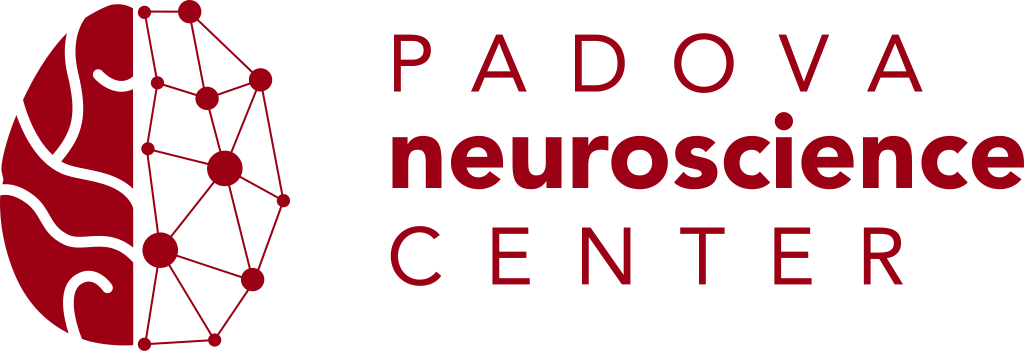Beyond body image: what body schema and motor imagery can tell us about the way patients with Anorexia Nervosa experience their body
Home » Publications » Beyond body image: what body schema and motor imagery can tell us about the way patients with Anorexia Nervosa experience their body

